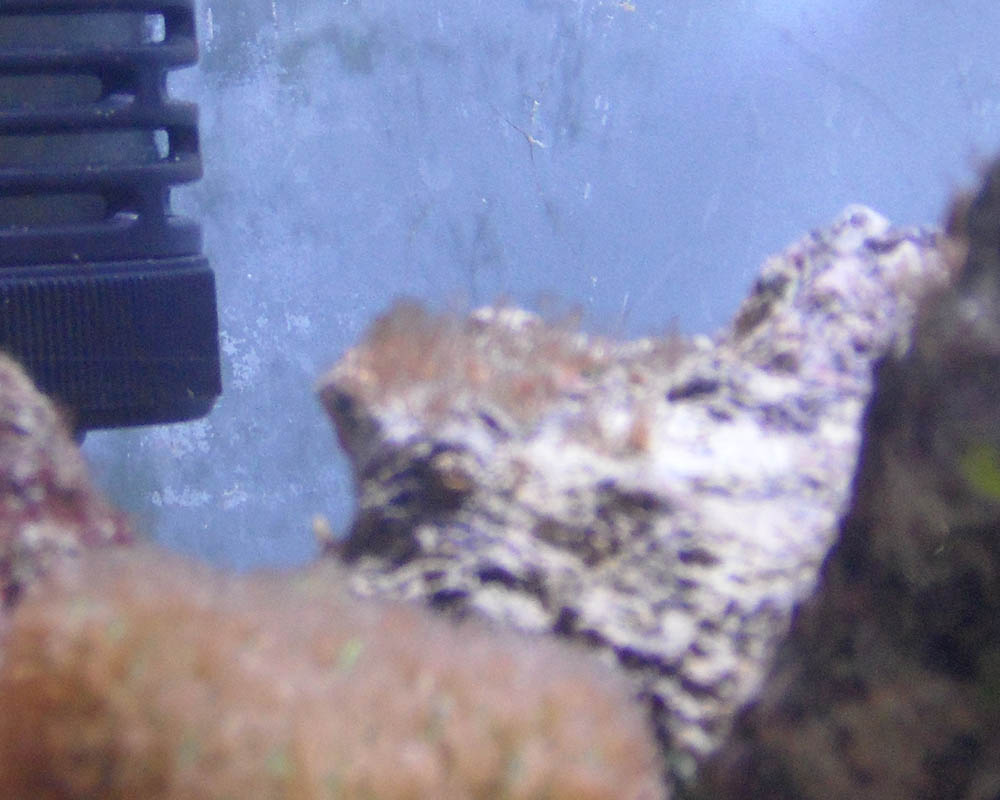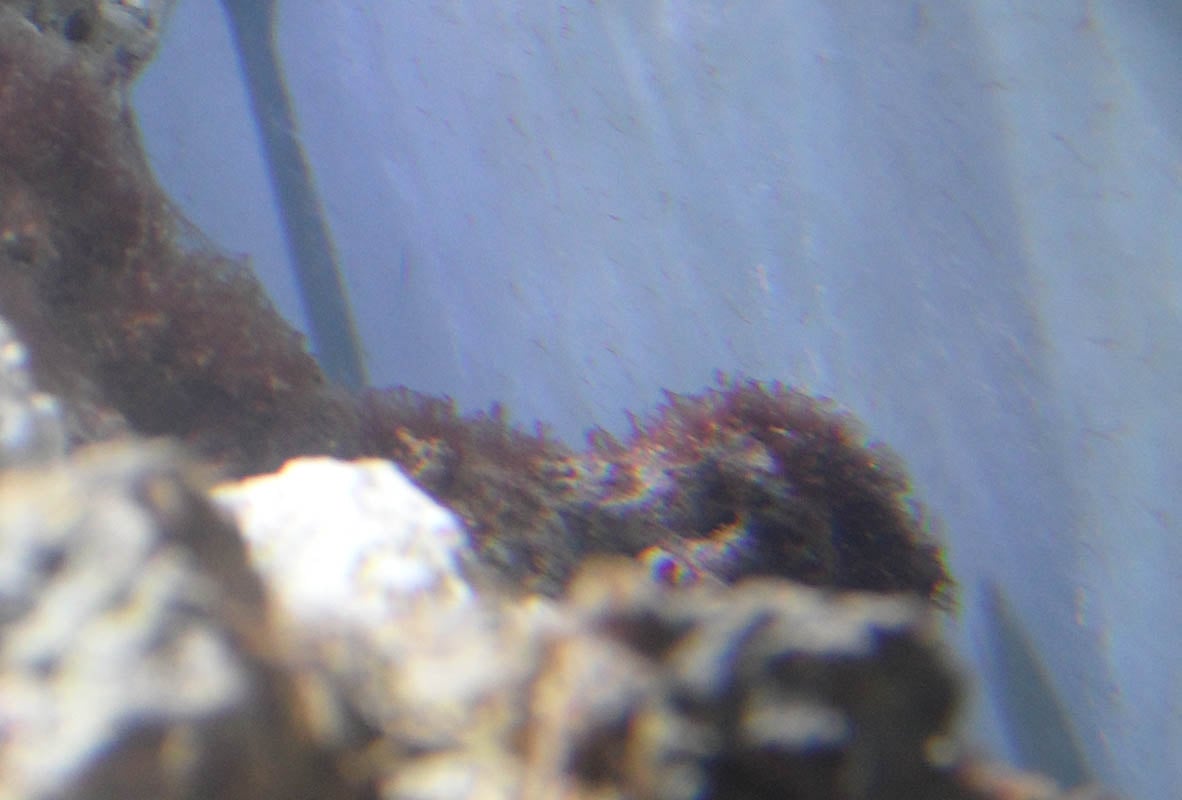npage
Member
I just picked up a bunch of Astraeas from a LFS. After acclimating them, I noticed three of them are covered with what appears to be red hair algae. I've never seen red h.a. before.
I tried scrubbing it off with a tooth brush, but it didn't help.
I'm keeping them isolated for now.
Any thoughts on whether its safe to add them to the tank or should I return them?


I tried scrubbing it off with a tooth brush, but it didn't help.
I'm keeping them isolated for now.
Any thoughts on whether its safe to add them to the tank or should I return them?








